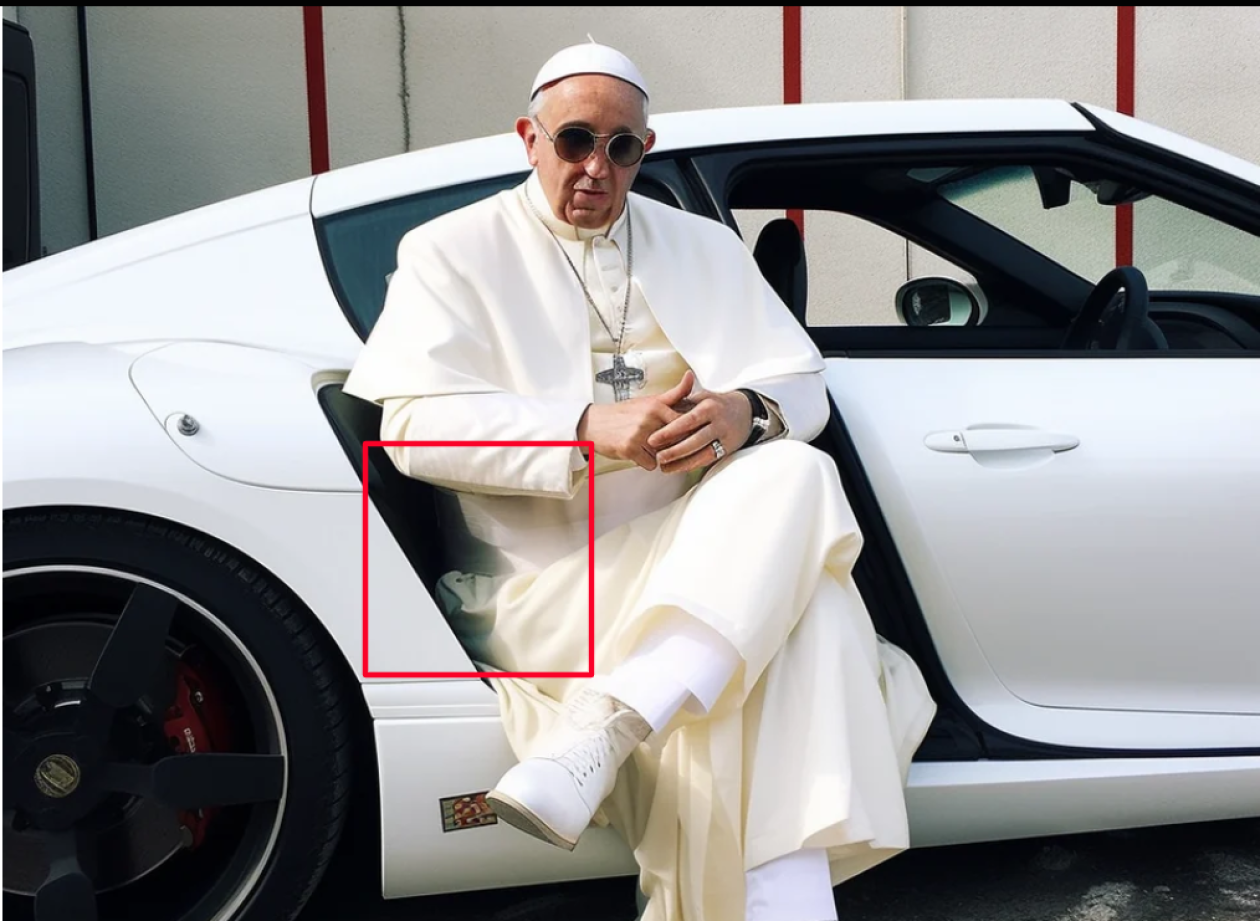“We have heard concerns from victims, experts, and other stakeholders that user reporting alone may not scale effectively for impact or adequately address the risk that imagery can be accessed via search. As a result, today we are announcing that we are partnering with StopNCII to pilot a victim-centered approach to detection in Bing, our search engine. StopNCII is a platform run by SWGfL that enables adults from around the world to protect themselves from having their intimate images shared online without their consent. StopNCII enables victims to create a “hash” or digital fingerprint of their images, without those images ever leaving their device (including synthetic imagery). Those hashes can then be used by a wide range of industry partners to detect that imagery on their services and take action in line with their policies.”
Source : An update on our approach to tackling intimate image abuse – Microsoft On the Issues








